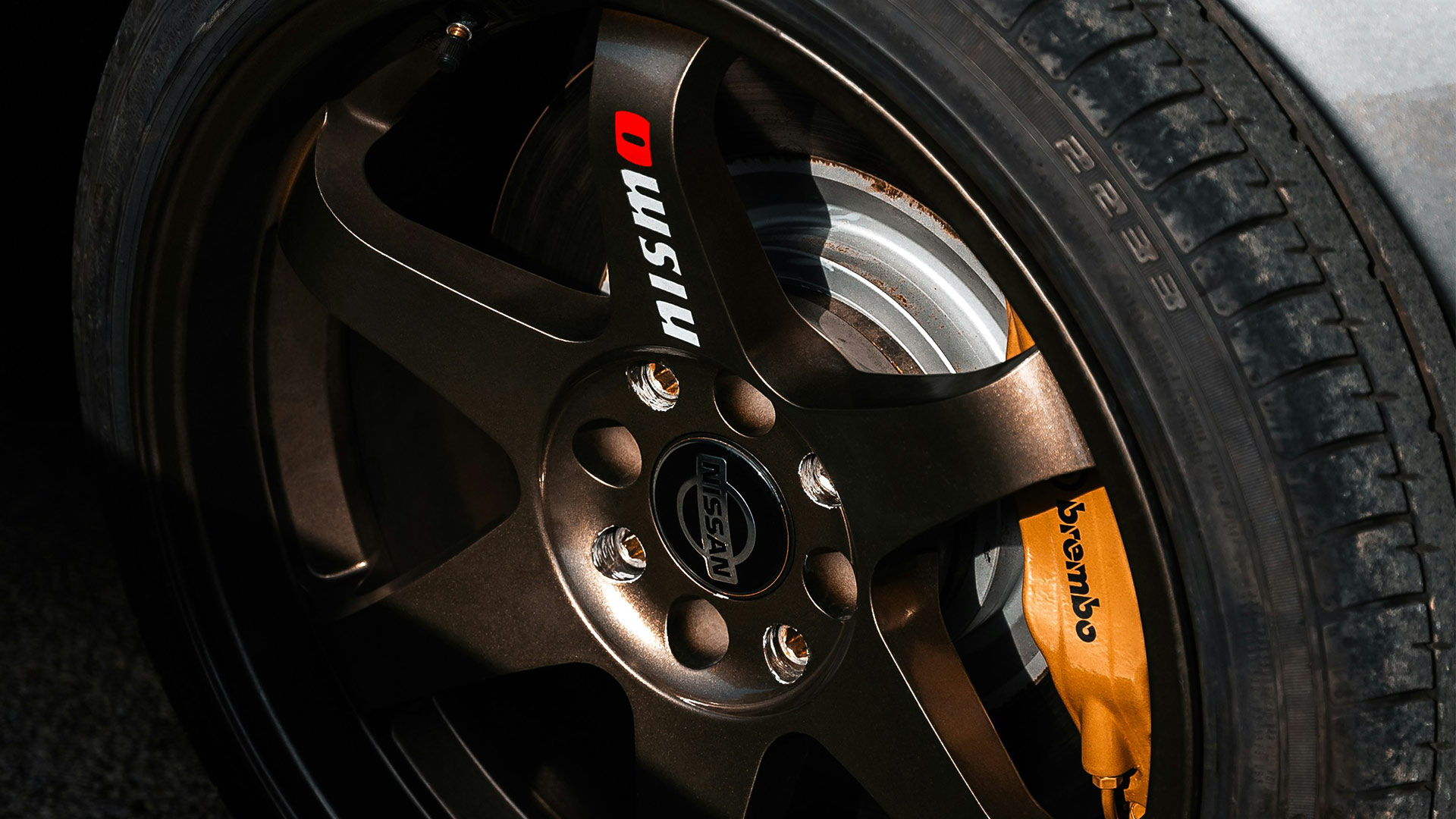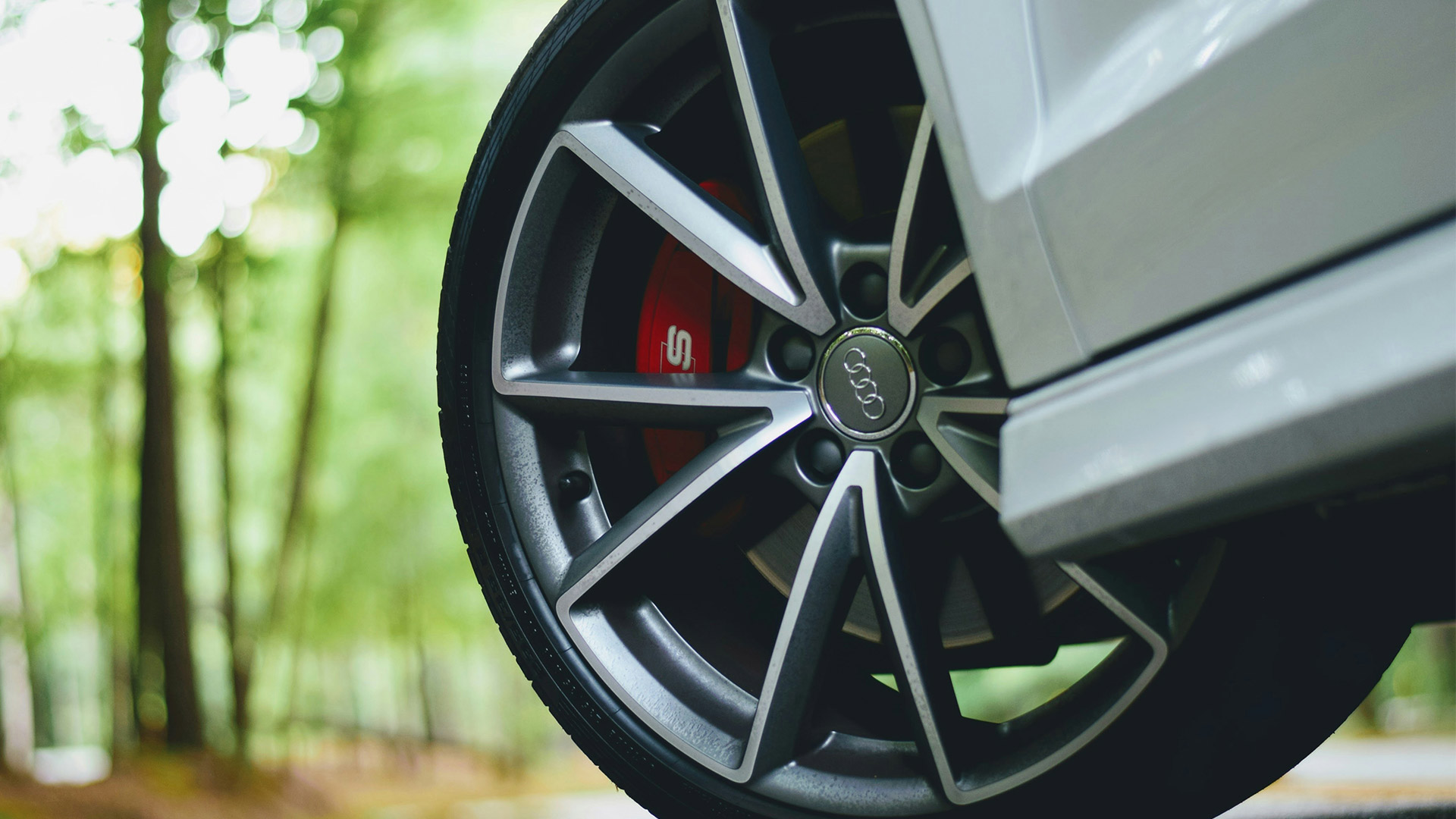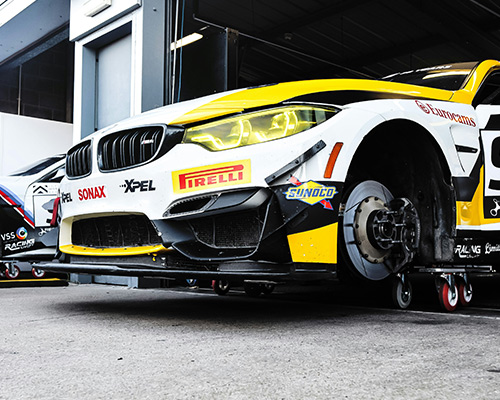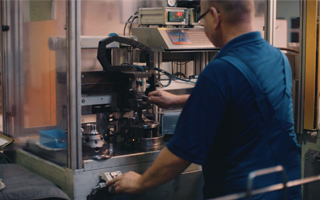The Science Behind Braking: How Brake Discs Slow Your Car Down
11th April 2024
Braking is often perceived as a simple action – you press the brake pedal, and your car slows down or stops. However, behind this seemingly straightforward process lies a complex interplay of physics, engineering, and materials science. At the heart of the system are brake discs, some may say the heroes of road safety. In this article , we will try and demystify the intricate science behind braking and explain the mechanics of how brake discs effectively bring your car to a halt.
Understanding the Fundamentals of Braking
Braking is a fundamental aspect of driving, involving the conversion of kinetic energy into heat energy to slow down or stop a moving vehicle. When you press the brake pedal, hydraulic pressure is transmitted to the brake callipers, which in turn squeeze the brake pads against the spinning brake discs attached to the wheels. This action generates friction between the pads and discs, slowing down the vehicle.
The Material Composition of Brake Discs
The performance of brake discs is heavily influenced by the materials from which they are made. Traditionally, brake discs were made of cast iron due to iron's excellent heat dissipation properties and durability. However, advancements in materials have led to the development of alternative materials such as bi-metal, aluminium, and reinforced carbon fibres. These materials offer superior performance, particularly in high-performance vehicles, providing enhanced heat resistance and consistent braking performance across many driving conditions.
Heat Dissipation Mechanisms
During braking, substantial heat is generated at the interface between the brake pads and discs due to friction. Effective heat dissipation is crucial to prevent brake fade – a phenomenon where braking efficiency diminishes as temperatures rise. Brake disc designs incorporate features such as ventilation grooves, drilled holes, and vanes to facilitate heat dissipation, ensuring consistent braking performance even under the most demanding of conditions. These ventilation systems allow air to flow over and through the discs, spreading the heat and reducing the risk of overheating.

The Role of Friction in Braking
Friction, quite simply, is the force that opposes the relative motion of two surfaces in contact. In braking systems, friction between the brake pads and discs is essential for slowing down the vehicle. The coefficient of friction, influenced by the materials and surface characteristics of the brake components, dictates braking efficiency and pedal feel. Engineers are constantly optimising these factors to achieve the best possible braking performance, ideally ensuring smooth and controlled deceleration. High-friction materials and surface treatments are used to maximise the braking force and minimise stopping distances.
Design Considerations for Brake Discs
The design of brake discs plays a pivotal role in enhancing braking performance and safety. Engineers consider factors such as disc diameter, thickness, and ventilation patterns to optimise heat dissipation, weight distribution, and structural integrity. Innovations like drilled and slotted discs further improve performance by promoting better airflow and facilitating the outgassing of brake pads, thus reducing the risk of brake fade. Additionally, advancements in manufacturing techniques allow for the creation of complex shapes and patterns that enhance both performance and aesthetics.
Regular Maintenance
While brake discs are designed to withstand extreme heat and friction, they are subject to wear and tear. Continuous heating and cooling cycles can lead to uneven surfaces and reduced braking efficiency. Regular maintenance, including visual inspections and measurements of disc thickness, is essential to ensure optimal braking performance and safety. Neglecting maintenance can compromise vehicle safety and result in costly repairs. Additionally, periodic replacement of brake pads and fluid flushing are recommended to maintain optimal braking performance and ensure the longevity of the braking system.

Emerging Technologies in Braking
As automotive technology advances, braking systems continue to evolve to enhance performance and safety. Innovations such as regenerative braking, prevalent in electric and hybrid vehicles, harness kinetic energy during deceleration to recharge the battery, improving overall efficiency. Furthermore, ongoing research in materials science and manufacturing techniques promise lighter, more durable brake discs, further enhancing vehicle safety and performance. Additionally, advancements in electronic stability control, anti-lock braking systems, and autonomous emergency braking are revolutionising vehicle safety and mitigating the risk of accidents.
Conclusion
Discs are integral components of a vehicle's braking system, playing a major role in slowing down vehicles and preventing accidents. From material selection to design optimisation, every aspect of the brake disc is engineered to ensure reliable and consistent braking performance. As technology progresses, so indeed will braking systems, making our journeys safer and more efficient than ever. So, the next time you hit the brakes, take a moment to appreciate the fascinating science behind them.







